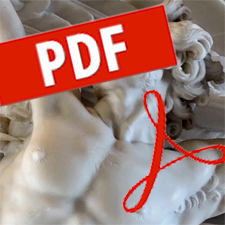This second edition of Kingston’s How Capitalism Destroyed Itself is based on the assumption that during the twentieth century, and especially after the end of World War II, there was a fundamental shift in the focus of Western creative energy from technological innovation to financial innovation. But continuing financial innovation has always been central to the survival and prosperity of capitalism. For example, from the seventeenth century onwards, money-lenders began to diversify into such banking activities as creating, discounting and swopping bills of exchange. Over time, banking played an ever-increasing role in international and national trade, continually innovating to meet the changing needs of property owners – first in the shape of merchant capitalists and subsequently as industrial capitalists.

PAGES
335 – 341
DOI
All content is freely available without charge to users or their institutions. Users are allowed to read, download, copy, distribute, print, search, or link to the full texts of the articles in this journal without asking prior permission of the publisher or the author. Articles published in the journal are distributed under a http://creativecommons.org/licenses/by/4.0/.
Issues
Also in this issue:
-
Do AIs have politics? Thinking about ChatGPT through the work of Langdon Winner
-
Creating value through service innovation: an effectual design thinking framework
-
Health and medical researchers are willing to trade their results for journal impact factors: results from a discrete choice experiment
-
The death and resurrection of manuscript submission systems
-
Ryan Jenkins, David Černý and Tomáš Hříbek (eds) Autonomous Vehicle Ethics: The Trolley Problem and Beyond
William Kingston, How Capitalism Destroyed Itself: Technology Displaced by Financial Innovation
Review Essay